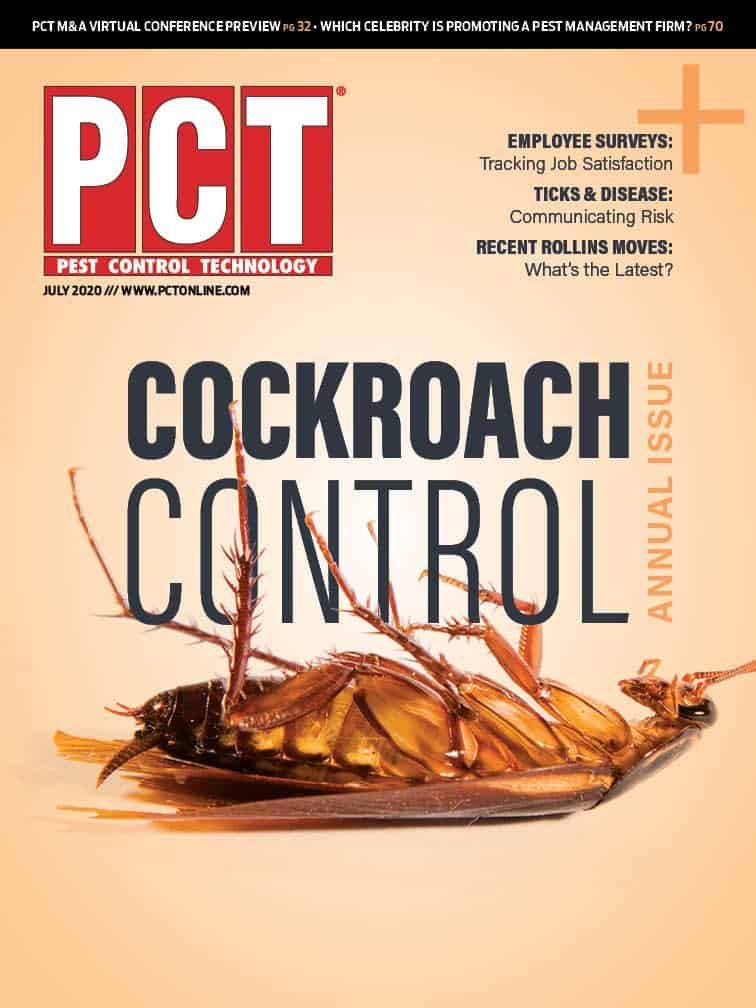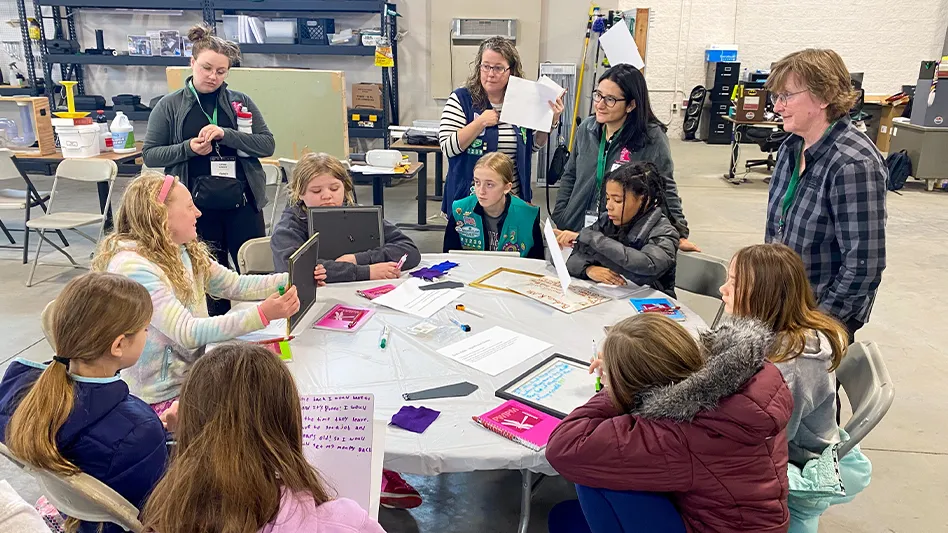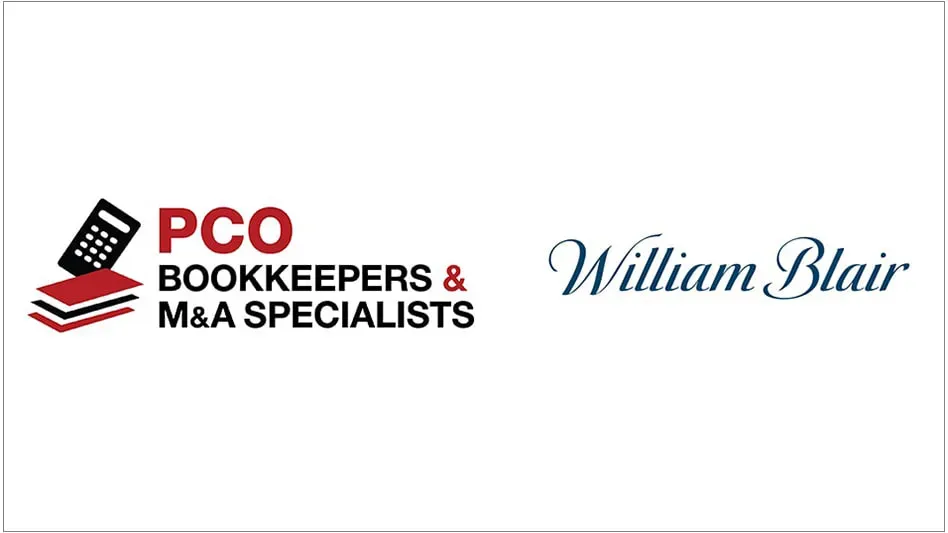
1. What exactly is Nisus DSV?
Nisus DSV is a disinfectant, sanitizer and virucide. It is a concentrate of four active ingredients (quaternary ammonias) and is diluted before use. Nisus DSV concentrate contains the following active ingredients:- Octyl Decyl Dimethyl Ammonium Chloride 1.65%
- Didecyl Dimethyl Ammonium Chloride 0.825%
- Dioctyl Dimethyl Ammonium Chloride 0.825%
- Alkyl Dimethyl Benzyl Ammonium Chloride 2.200%
2. Does Nisus DSV leave residual protection and when may it be reapplied?
Once the product dries, no residual should be expected. This is true of any “quat” product on hard, non-porous surfaces. There are no restrictions as to time interval to reapply. Quaternary ammonias do not act like traditional insecticides, which can exhibit several months of residual effectiveness.
3. Can I fog the interior of a customer’s building with Nisus DSV?
The label permits fogging in certain situations, but the product will be more effective if liquid is applied directly to surfaces. The potential disadvantage of “fogging” is that the droplets will settle on horizontal surfaces by gravity and not reach under surfaces such as beneath handrails. Remember that disinfection requires that a surface remains wet for 10 minutes. More time and energy might be used when fogging.
4. Is a special state license required for using Nisus DSV by professionals?
Nisus DSV does list flies as a target pest on the label so for those applications, the general pest control certification will be adequate for that purpose. For sanitizing and disinfection, most states permit use under the general pest control category. Some states have a special category, usually in the same category as mold control. Always check state requirements for company certification. Certification usually does not apply for use by those who are not commercial applicators.
5. Can I use a rag and wipe surfaces with DSV?
Yes, you can. This is the best procedure for electronic equipment. Surfaces still need to be wet for 10 minutes to disinfect. A lesser amount of time will sanitize. Dispose of remaining material after a day’s work and make a fresh batch for the next day.

Explore the July 2020 Issue
Check out more from this issue and find you next story to read.
Latest from Pest Control Technology
- Gaining Control of Structure-Infesting Carpenter Ants
- Big Blue Bug’s Brian Goldman Receives Rhode Island Small Business Person of the Year Award
- UF Researchers Examine How Much Bait it Takes to Eliminate a Subterranean Termite Colony
- Women in Pest Control Group Continues to Grow, Provide Opportunities in the Industry
- NPMA Announces Results of 2024-2025 Board of Directors Election
- Massey Services Acquires Orange Environmental Services
- Hawx Pest Control Wins Bronze Stevie Award for Sustainability
- Abell Pest Control Highlights Growing Tick Activity Across Canada





